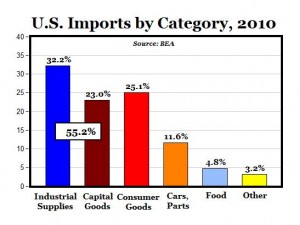 Want to learn more about (rare) peaceful transitions of power in communist countries? Come to Mark Frazier’s lecture. Want to understand how China sees its own future? Come to Mark Frazier’s lecture. Want to know the relationship between communism and capitalism in China? Come to Mark Frazier’s lecture.
Want to learn more about (rare) peaceful transitions of power in communist countries? Come to Mark Frazier’s lecture. Want to understand how China sees its own future? Come to Mark Frazier’s lecture. Want to know the relationship between communism and capitalism in China? Come to Mark Frazier’s lecture.
Former Lawrence Professor, Mark Frazier, presently co-director of the India China Institute at the New School in New York City, will give the second Povolny lecture this fall tomorrow night at 7:30 PM in the Wriston Auditorium. The title for his talk is “Who is Xi? Knowns and Unknowns in China’s Political Future. For more information see Frazier talk_ Oct 2012


